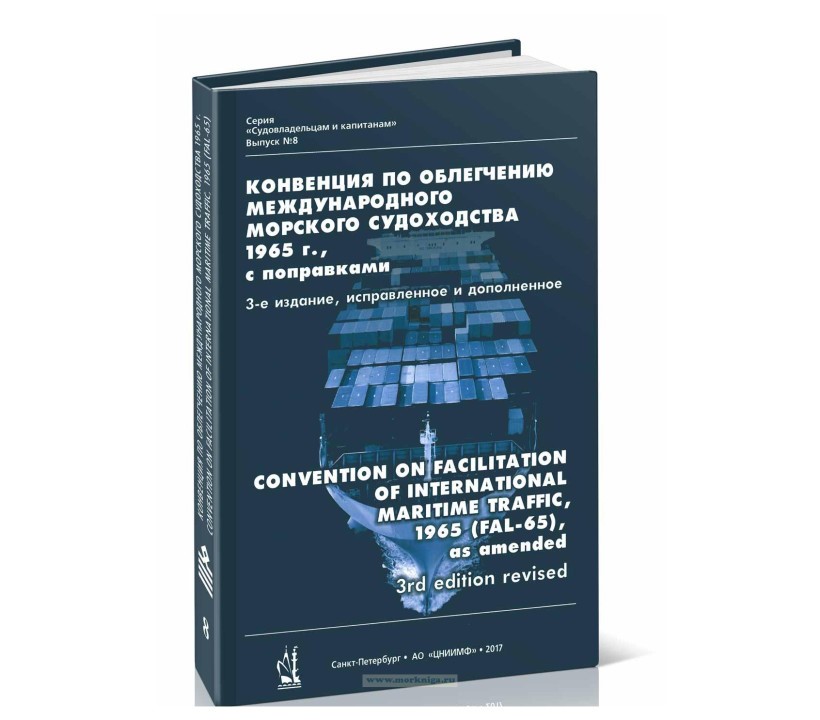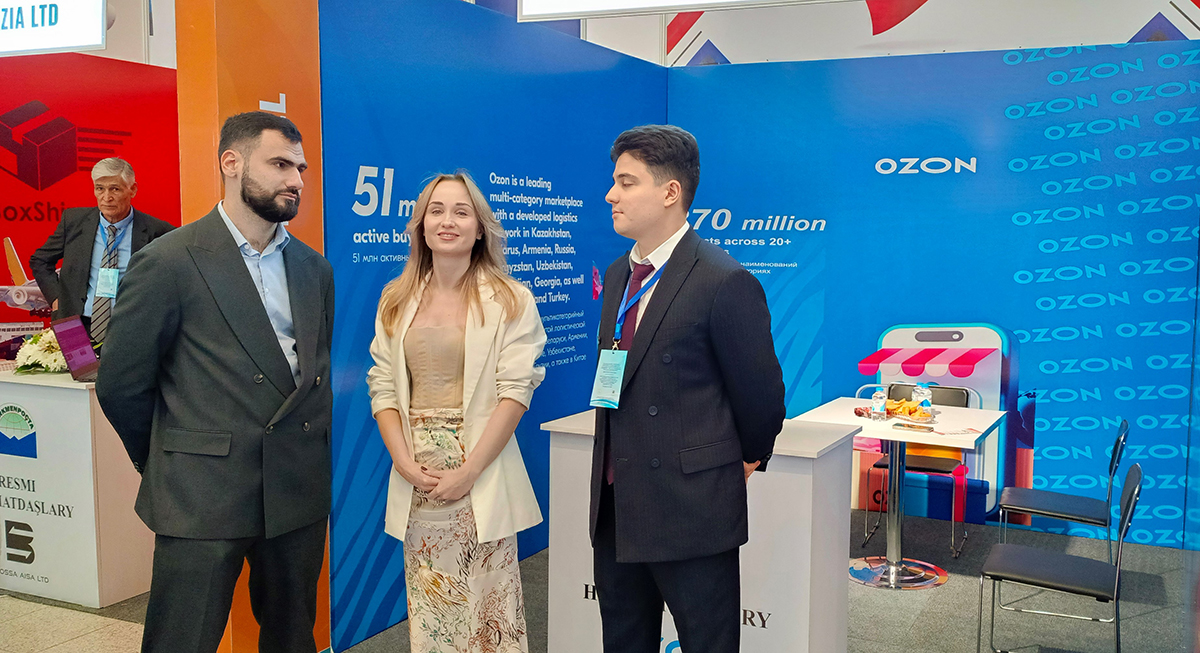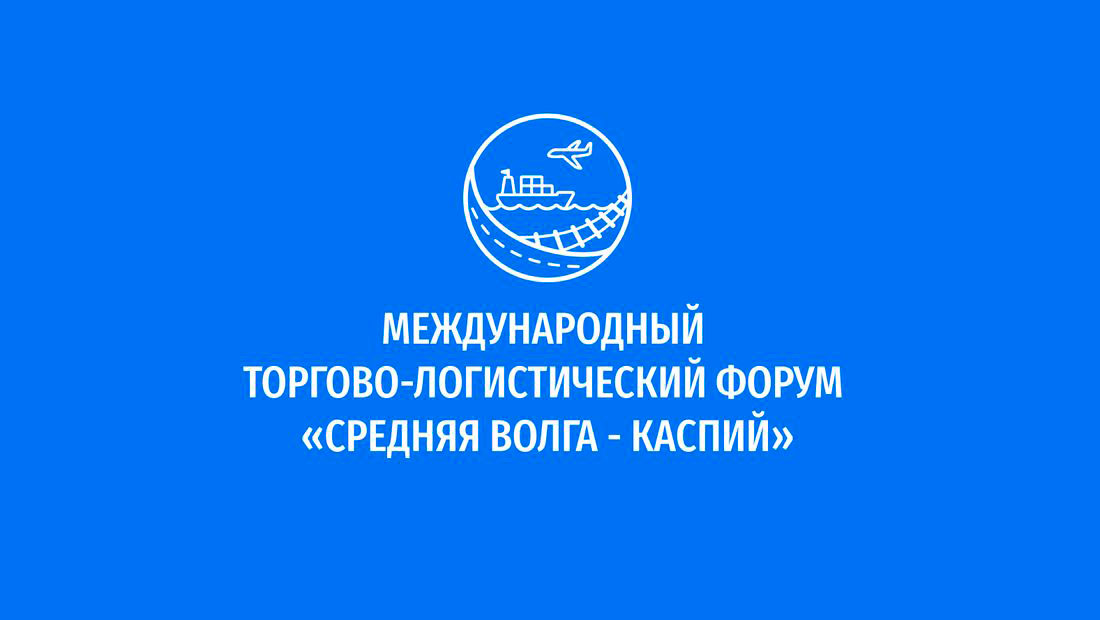Turkmenistan's intention to join the Convention on Facilitation of International Maritime Traffic of the International Maritime Organization, which was discussed at the meeting of the Cabinet of Ministers held on January 26, will contribute to the modernization and simplification of maritime navigation and traffic procedures in accordance with international standards.

Since August 1993, Turkmenistan has been a member of the International Maritime Organization, focusing on ensuring maritime safety, protecting the environment and improving the efficiency of maritime transportation operations. The Convention on the Facilitation of International Maritime Traffic, adopted in 1965, is aimed at achieving these objectives.
The Convention facilitates maritime traffic by simplifying and minimizing formalities, document requirements and procedures for the arrival, stay and departure of vessels engaged in international voyages. The provisions of the Convention require the establishment, implementation and use of a "Single Window" system for obtaining necessary information related to the arrivals and departures of ships in electronic format. In accordance with the amendments to the Convention approved at the IMO session in May 2022, the mandatory use of the electronic data exchange "Single Window" will be implemented in all ports worldwide from January 1, 2024.
The "Türkmendeňizderýaýollary" Agency is carrying out a series of activities to modernize the procedures for the registration of vessels and cargo arriving at the Turkmenbashi International Seaport and to regulate maritime traffic. Turkmenistan's accession to the Convention will enable the establishment of a national "Single Window" system at marine port entry points. This system involves the electronic submission of information instead of paper documents related to vessel arrivals, departures, and stays in ports; the determination and coordination of data formats required for standardizing electronic messages on vessel arrival/departure using international terms; the improvement of methods for state control over the movement of people, vehicles, goods and cargo across the state border at maritime entry points and other measures.








